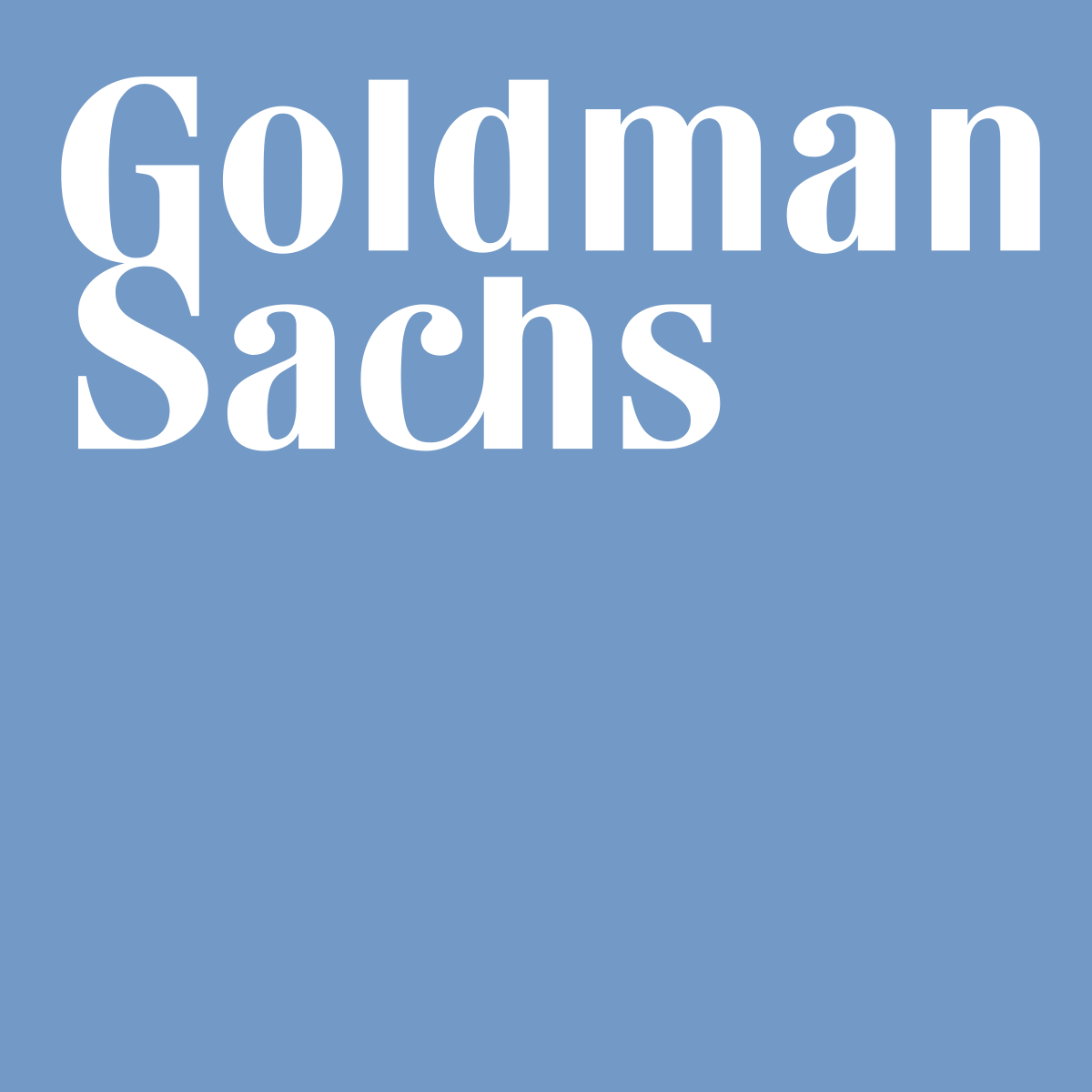The $1.7bn WisdomTree WTI Crude Oil ETP (CRUD) suffered the second-highest outflows across all European-listed ETPs last week after OPEC and its allies agreed to increase oil production.
Led by de facto leader Saudi Arabia, the Organisation of the Petroleum Exporting Countries (OPEC) and its Russia-led allies agreed to relax production cuts by 1.5 million barrels per day (bpd) in August due to expected higher demand as countries begin to recover from the coronavirus pandemic.
Russia’s oil minister Alexander Novak told reporters: “We are moving in line with our schedule which was implying that we ease restrictions in the summer.”
The decision comes after OPEC and Russia agreed to record oil production cuts until the end of July in April after the rapid spread of coronavirus sent oil demand tumbling.
In response, OPEC and its allies cut supply by 9.7m bpd in a move to prop up oil prices which fell to record-low levels in May.
The cartel’s latest move means oil production cuts will remain at 8.3m bpd in August however it appears investors are still concerned about the impact an extra 1.5m barrels will have on prices.
CRUD, Europe’s largest oil ETP, saw outflows of $482m in the week to 17 July, the second-biggest across all European ETFs.
The redemptions came a week after WisdomTree made the decision to reopen creations on CRUD amid increasing stability within the oil market.
The ETF issuer had suspended creations on the ETC on 30 April following “unprecedented levels of volatility” in the oil market.
ETF Insight: How historic market volatility changed oil ETPs forever
Meanwhile, investors pulled $30m from the $392m UBS ETF (CH) CMCI Oil USD SF (OILUSA) in the same week.
Since bottoming out at $20 a barrel on 22 April, Brent Crude has recovered to trade at $44.5 a barrel, as at 21 July.
Goldman Sachs has predicted oil prices will remain range-bound for the rest of the year driven by US shale coming back online and OPEC loosening production cuts.
“This increase in output is consistent with our expectation that OPEC+ will not only focus on normalising excess inventories but also on increasing market share,” Damien Courvalin, head of energy research at Goldman Sachs, said.
“[OPEC’s] decision [to increase production] was therefore logical, as it keeps the market in deficit but prevents too large a price increase that would jump-start US shale activity, with a notable recent increase in the oil horizontal rig count.
“The range-bound and ultimately still low oil prices that we forecast into year-end should still set the stage for a meaningful recovery in prices through 2021, on the combination of low upstream capex and rising demand given the rising prospects for a vaccine.”



